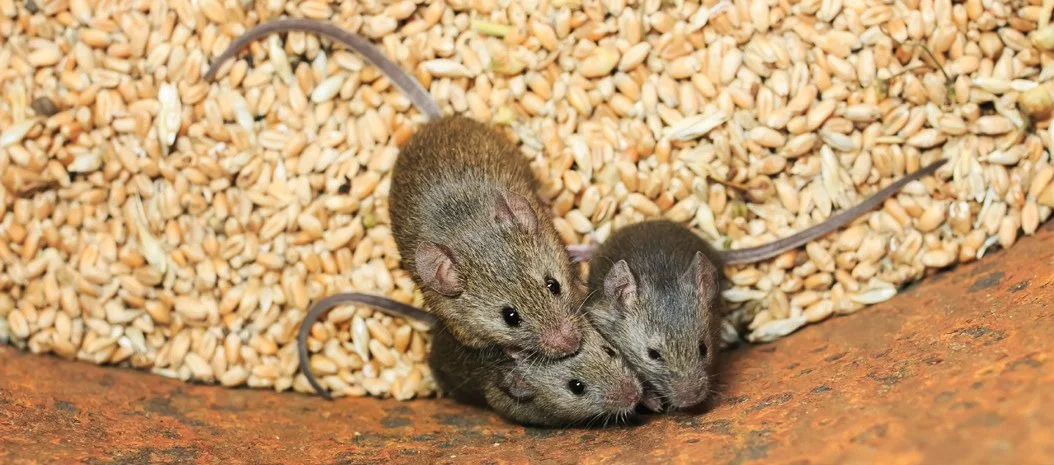Your Health Around Livestock
What puts New Zealanders at risk of leptospirosis?
The indiscriminate and ill-advised use of the terms resilient, sustainability, and viability, in relation to Agriculture, risk negative and counterproductive reactions, especially if those concepts come from the wrong quarter and are accompanied by punitive and unworkable policies, rules, and regulations, rather, these terms should be used to engender the idea of positive change, and of opportunity.
However, while the disease incidence in New Zealand is lower than that in most tropical countries, it is still one of the highest among the OECD (Organisation for Economic Co-operation and Development) countries. The incidence is also much higher in the agricultural working population.
Globally, cases are likely to be associated with indirect contacts with rodent urine in urban environments, while cases in some temperate countries are associated with water-based recreational activities. In New Zealand though, cases of the disease have not been associated with either of these exposures.
We know that two-thirds of leptospirosis cases in New Zealand are in rural areas and that the main occupations related to cases are livestock workers and meat workers. The environment, wildlife and rodents are likely to have important roles in human leptospirosis in New Zealand, but this has not been investigated thoroughly. Given recent increases in cases, particularly in farmers, there is a need to inform interventions by investigating the activities associated with notifications.
In view of this, a multidisciplinary nationwide study is being carried out by Massey University with the help of funding from the New Zealand Health Research Council.
By surveying the population to date, we have found that contact with dairy cattle is one of the significant risks for leptospirosis notifications. Interim findings are that people with leptospirosis were 7.2 times more likely to have been in contact with dairy cattle in the four weeks before they became ill than controls were in the four weeks before they were interviewed.
Even with highly vaccinated herds, dairy cattle in New Zealand are associated with leptospirosis cases because many of the cases are caused by serovars (Ballum or Tarassovi) that are different from the ones protected against by the vaccines (Hardjo and Pomona).
Certain activities involving beef cattle, such as assisting in calving, drenching, and castrating calves, were also more common among cases than among controls (see Figure 1). Beef cattle activities were fairly correlated with sheep contact, so the latter comes out as a modest risk.
Many cases were associated with slaughter activities, like those in abattoirs and home-killing, reflecting the associated 3.3 odds ratio. This is consistent with common knowledge on the occupational risks of leptospirosis for people working in meat processing.
Evidence of wild rabbits in the area was considered a protective factor. Rabbits could be an indicator of an environment with fewer rodents than elsewhere, because rodents compete with rabbits for resources. Rabbits may also be an indicator of drier places, because they usually avoid burrowing in damp regions.
Evidence of rodents was a risk factor. Rodents could act by transmitting leptospires either directly to humans, for example when people are emptying traps, or indirectly to humans through handling of contaminated feed or environments. Rodents may also act as a bridging host by infecting livestock; in turn these livestock infect humans.
Findings compiled by Sophia Holdsworth
– a PhD candidate in the Animal Welfare Science and Bioethics Centre at Massey University.




